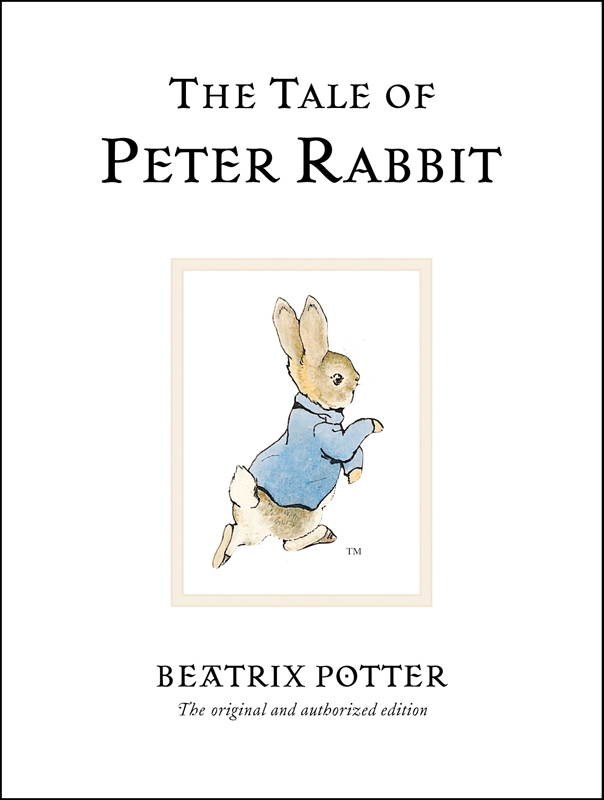
Two Children Tell: The Reality of Words
Virginia Lowe continues her series examining children’s relationship with language, drawing on recorded observations of her own children’s developing use and understanding of words.
The relationship between external reality and the language used to describe it is often said to be part of the child’s concrete operational stage after about age seven. Any child who has heard a large proportion of their language applied only to stories rather than actual physical things, will understand words’ arbitrary nature, much earlier.
Rebecca rarely asked about words she didn’t know in stories, but would use the words in her play until she was quite sure of their meaning, then ask, out of context:
Rebecca: What does ‘fortnight’ mean? (for instance, from Peter Rabbit, Potter, she 2y5m or two years, five months).
Her non-figurative drawing might be pronounced to be ‘an abstract’ but more often ‘a gong gong’ or some other neologism. ‘I “swapped” me. That means when you bump your head’ (2y7m) or ‘I’m chambering – that means turning over the pages sideways’ (2y10m). These were offered quite earnestly, as words to fill gaps she perceived in the English language. On another accession I told her to stop scratching at her rash. She answered hopefully “I’m not scratching, I’m honing. Is that all right?” (2y7m), this time with a grin, knowing that a renaming would hardly be accepted by her mother as legitimising the action.
She was inspired by our readings of items from Black’s Children’s Encyclopaedia when it was new. She reproduced the register on and off for a whole evening: ‘It was in 1978 that the name “pea” was invented. Before that they just ate peas without a name’ (4y4m). By 4y9m names as words were quite clear in her mind. Her reply to my joke that I was bottling Nick (on my lap) for ‘next winter’ she replied
Rebecca: You can’t. Nick’s a little boy. You can’t eat boys! (pauses, thinking)
Rebecca: Nick’s a boy’s name. You can’t bottle names!
There was even an awareness of style. At 4y11m, she was composing a story and dictating to me. When I read back to her ‘Owls sleep in the day, and hoot up their hooting in the night’, she laughed and said ‘That sounds like something in Dr Seuss’.
Nick had been coached by Rebecca since at least 0y9m, when she explained to him (without his having asked of course) ‘It’s just nonsense, Little Man!’ of a nursery rhyme. Before long, he seemed to understand that the non-pictured part of a book held the words. At 1y1m ‘bird’ was one of the few words he could say. I was reading a chapter book to Rebecca and the word ‘bird’ occurred. He at once came over and looked at the book, presumably to see the picture. However there was none on that opening so he pointed to the written text firmly and said ‘bir’, not as a question but as a statement. He was telling us that ‘bir’ was there in the writing, even if not in a picture. At 2y5m, from across the room he heard John’s loud rendition of a word in the novel he was reading to Rebecca and exclaimed to me ‘Daddy read “crash”!’
By 2y6m he was able to use the concept of a ‘word’ to define what is real, what not. In an authorial-intrusive question, Dr Seuss asks ‘Fish in a tree? How can that be?’ Nick was hearing Hop on Pop for the first time in about a year. He gave the question serious consideration, rather than just laughing or saying it was impossible. He replied ‘It’s just a word!’ His terminology shows that this was not a learned phrase. If asked, his parents’ (and sibling’s) response would have been that it was ‘nonsense’ and he knew the way the nonsense world is created. ‘It’s just a word’. On finding there is no cat and fiddle represented in Oxenbury’s Cakes and Custard (from the library) Nick exclaimed ‘But the words say it!’
These examples of the children’s language awareness demonstrate their understanding that the relationship between words and the things they stand for is tenuous.
Dr Virginia Lowe lives in Melbourne, Australia. She is the proprietor of Create a Kids’ Book, a manuscript assessment agency, which also runs regular workshops, interactive writing e-courses, mentorships and produces a regular free e-bulletin on writing for children and children’s literature generally. Her book, Stories, Pictures and Reality: Two Children Tell (2007) is published by Routledge (978-0-4153-9724-7, £29.99 pbk).
Books mentioned:
Black’s Children’s Encyclopaedia
Hop on Pop Dr Seuss, HarperCollins Children’s Books
Blueberries for Sal Robert McCloskey, Puffin
Cakes and Custard, Helen Oxenbury
, Beatrix Potter, Frederick Warne





